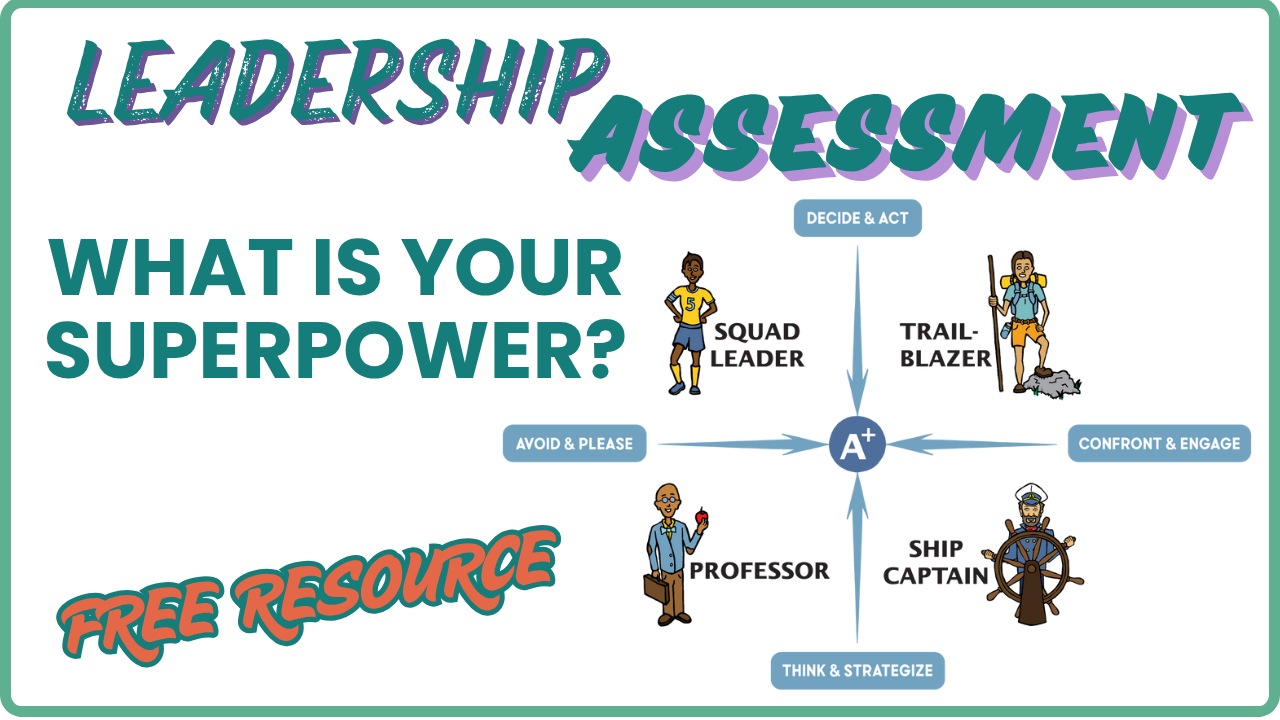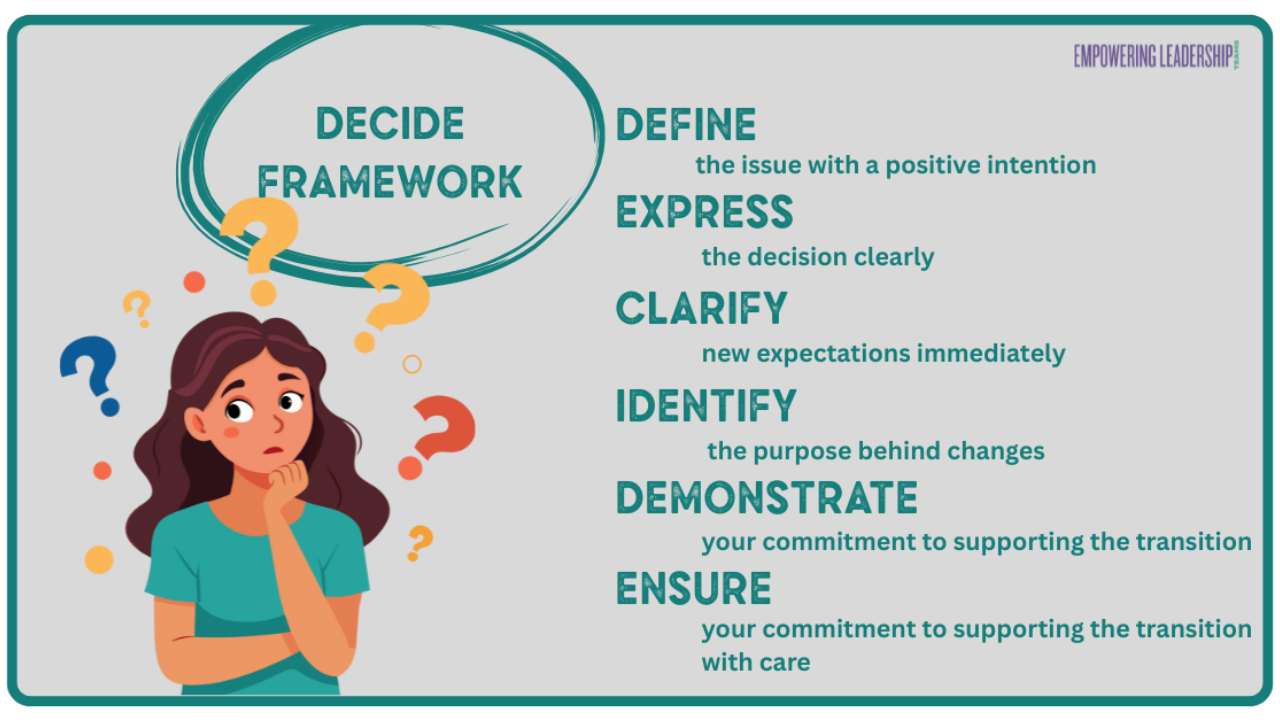Communicating for Success: Strategies for Effective Information Sharing

"Closing communication loops and conducting debriefs are crucial for team learning and improvement."
As a leadership coach, I've seen firsthand how effective communication can transform an organization. One of the most powerful tools at a leader's disposal is the ability to ensure information flows smoothly up, down, and across the organization. Today, I want to share some insights on how you can master this critical skill.
First, let's talk about the importance of information flow. In any organization, the people closest to the tasks often have the most valuable information. As a leader, it's crucial to tap into this knowledge. Encourage your team to share updates regularly, and make sure you're actively listening.
"The best information is where the action is."
When it comes to raising issues, I always advise my clients to follow a simple structure. Start by describing the current state, then explain the potential consequences if nothing changes. Finally, and this is crucial, always come prepared with suggested solutions. This approach demonstrates your critical thinking and problem-solving skills, which builds trust with your supervisors.
Speaking of trust, let's discuss how to provide effective updates. When you're sharing information up the chain, paint a complete picture. Explain the situation, discuss the highest consequences, share your proposed solution, and mention any alternatives you've considered. This comprehensive approach shows that you're thinking about the business holistically.
As a leader, it's also your responsibility to teach your team how to communicate effectively. Encourage them to bring solutions, not just problems. Create an environment where they feel comfortable asking for guidance and mentorship.
One of the most important lessons to be mindful of is the value of slowing down. In our fast-paced business world, it's tempting to rush through communications. But taking the time to confirm alignment and listen for nuances can prevent bigger problems down the line.
Finally, don't forget to close those communication loops. Follow up on delegated tasks, conduct debriefs after major projects, and build update processes into your project management systems. These practices ensure that valuable learnings aren't lost and that your team continues to develop within your organization.
Remember, effective communication is not just about sharing information – it's about creating a culture of openness, trust, and continuously expanding knowledge about your business and achieving goals. Master this skill, and you'll see a remarkable transformation in your team's performance.
Author: Barbara Schindler
Related Video:
Should I Speak Up? The Leadership Choice You ALWAYS Face
Mindful Leadership: Share Your Ideas in Business
Related Articles:
From Ideas to Innovation: Creating Space for Team Creativity
Creating Psychological Safety: The Key to High-Performing Teams

















